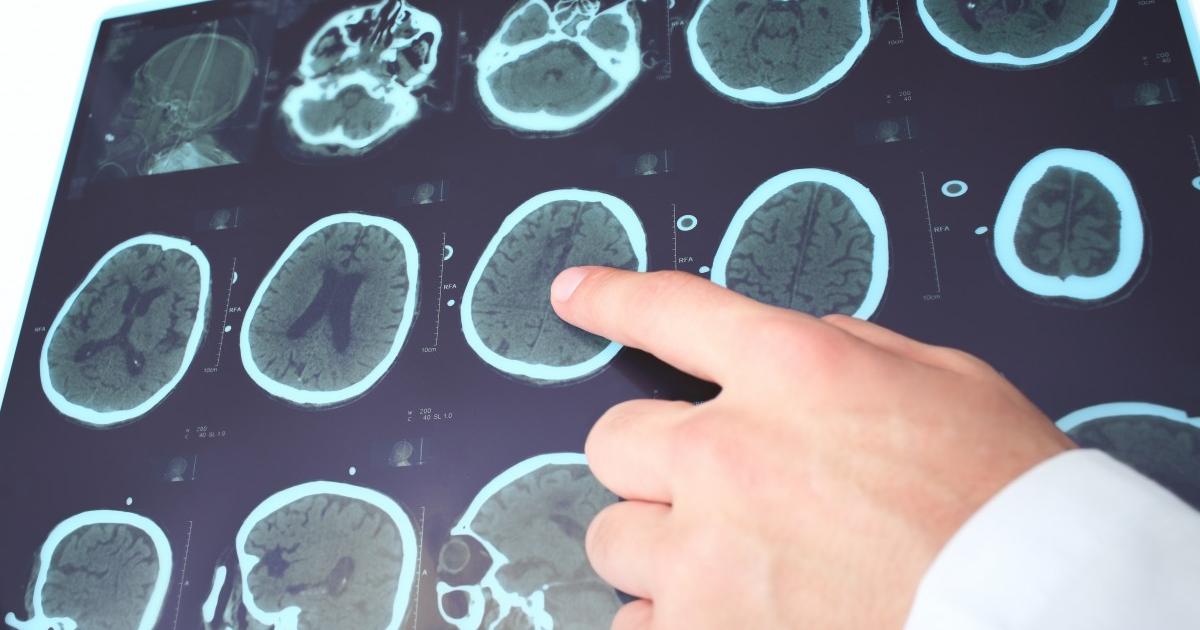Guide To The Types Of Paraneoplastic Syndromes
Stiff Person Syndrome
Stiff person syndrome is a rare syndrome that affects an individual's nervous system. The symptoms often include extreme stiffness in the muscles, painful spasms and rigidity in the limbs and trunk, and severe impairment of mobility. The muscle spasms may be forceful enough to cause bone fractures. Stiff person syndrome occurs when the central nervous system's inhibition decreases, leading to an increase in muscle activity. In all cases, the condition is thought to be related to autoimmune diseases. The majority of patients with stiff person syndrome eventually become disabled.
There aren't definitive answers about what causes this condition, though studies have shown the majority of individuals with stiff person syndrome have antibodies that attack the protein GAD. GAD is found in certain neurons that make gamma-aminobutyric acid. This acid, commonly known as GABA, is vital for controlling muscle movements. When the immune system attacks the GAD-producing neurons, this leads to a GABA deficiency. Patients without enough of this acid cannot control their muscle movements. It's also common for paraneoplastic stiff person syndrome to involve antibodies to amphiphysin. This protein helps transmit signals between neurons. When individuals have these antibodies, they also have a higher chance of having or developing colon, lung, or breast cancer.
Uncover more details on the different types of paraneoplastic syndromes now.
Cerebellar Degeneration

Paraneoplastic cerebellar degeneration is the most commonly recognized and devastating of the paraneoplastic syndromes. It occurs in fewer than one percent of cancer patients. The condition is associated with a number of different tumors like breast cancer, ovarian cancer, lung cancer, Hodgkin's lymphoma, and some other forms of cancer. It's believed the condition occurs when the immune system attacks portions of the central nervous system, generally Purkinje cells, which are found in the cerebellum. They are among the largest neurons in a human's brain. It's common for patients to seek treatment for paraneoplastic cerebellar degeneration before their underlying cancer is identified. The neurological symptoms include ataxia, involuntary eye movement, and speech disorders.
Get familiar with the next type of paraneoplastic syndrome now.
